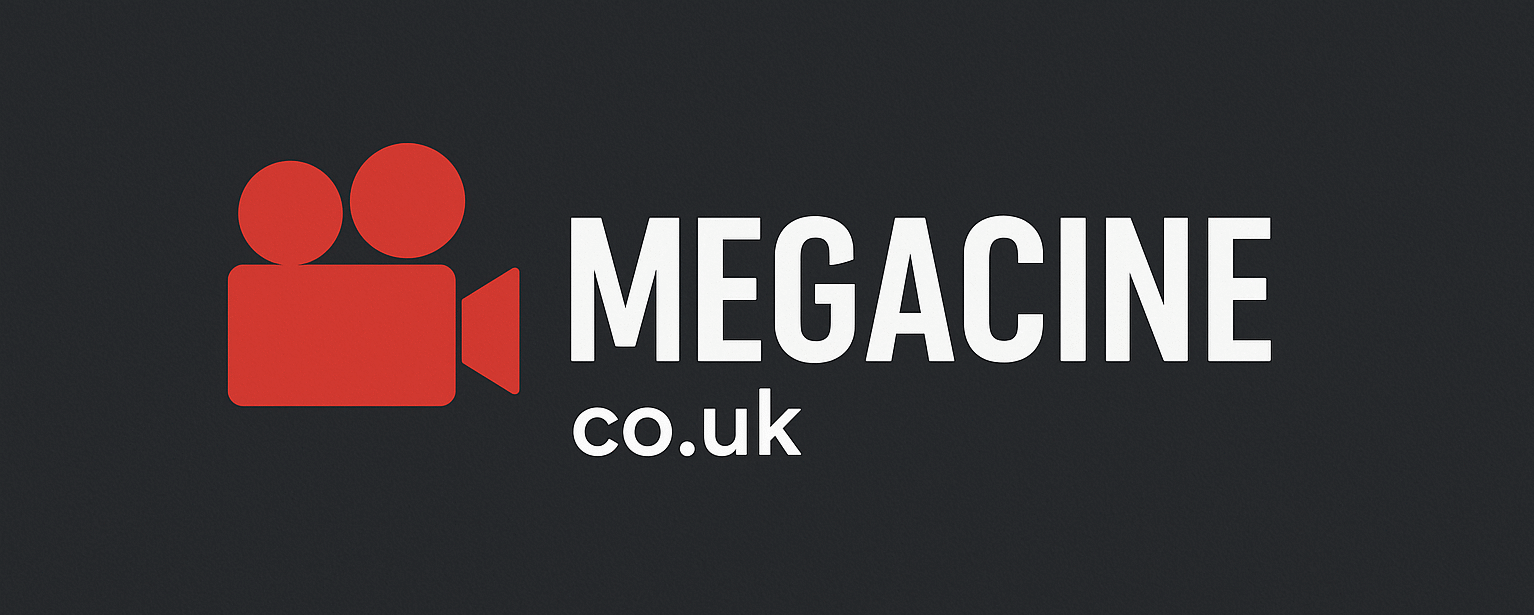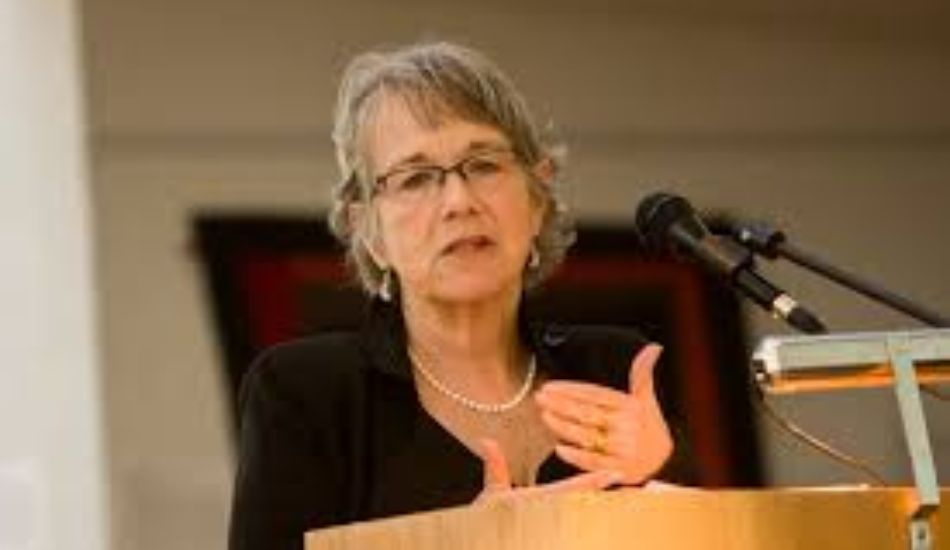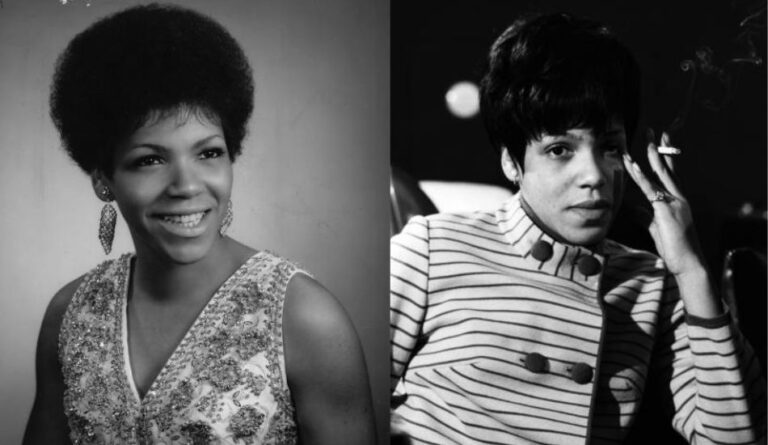Michael Ann Holly: A Life in Art, Scholarship, and Legacy
Michael Ann Holly is one of the most prominent names in the field of art history and historiography. Born on July 19, 1944, in Alton, Illinois, she has carved out a legacy as a pioneering scholar, teacher, and author. Over the course of her decades-long career, Holly has reshaped how we think about art history—not merely as a linear narrative of styles and movements but as a deeply human discipline entangled with philosophy, culture, memory, and emotion.
Holly’s career has seen her move from academia into broader roles that influence the international study of visual culture. She has been an academic leader, co-founder of an influential graduate program, a prolific writer, and later, the Starr Director of Research and Academic Program at the Sterling and Francine Clark Art Institute, where she held the position from 1999 until 2016. Even in retirement, she continues to inspire scholars as Starr Director Emerita, teaching critical theory and art history at the Williams Graduate Program.
Her intellectual journey has been defined by an enduring curiosity about how we interpret art across time and by her insistence on grounding art history in rigorous methodology. She is not only an academic giant but also a mentor who has shaped future generations of art historians.
Early Life, Education, and Academic Path
Michael Ann Holly’s story begins in the Midwest, where she grew up before heading into academia. She earned her B.A. in Art History from William Smith College in 1973, graduating summa cum laude, which set the stage for her intellectual trajectory. She later pursued her doctoral degree at Cornell University, where she completed her Ph.D. in 1981. Her dissertation centered on the influential art historian Erwin Panofsky, laying the groundwork for her first major publication and her lasting engagement with the historiography of art.
After receiving her doctorate, Holly began her teaching career at Hobart and William Smith Colleges, where she remained until the mid-1980s. She became widely known not only for her scholarship but also for her passion for teaching, encouraging students to engage critically with images and the histories written about them.
Her academic influence expanded when she co-founded the Graduate Program in Visual and Cultural Studies at the University of Rochester in 1986, an innovative program that blended art history with critical theory, philosophy, and media studies. Holly’s vision was transformative—she pushed the field beyond traditional boundaries and invited dialogue with cultural theory, semiotics, and phenomenology.
Career Highlights and Achievements
Over the span of her career, Michael Ann Holly has worn many hats:
-
Teacher: She has taught at multiple prestigious institutions, including Hobart and William Smith Colleges, the University of Rochester, and Williams College.
-
Scholar: Her research has delved into historiography, visual culture, the philosophy of history, and critical methodologies.
-
Administrator: As the Starr Director of Research and Academic Program at the Clark Art Institute, Holly was instrumental in shaping an international hub for art historical research and dialogue.
Her tenure at the Clark was marked by fostering scholarly communities, encouraging interdisciplinary collaborations, and promoting deeper research in art history.
Holly has also received numerous awards and fellowships, including support from the Guggenheim Foundation, National Endowment for the Humanities (NEH), Getty Foundation, Mellon Foundation, and the American Council of Learned Societies (ACLS). Each fellowship underscores her contributions to the intellectual life of art history.
She also served as a trustee of the National Humanities Center and was named an Ailsa Mellon Bruce Senior Fellow at the National Gallery of Art—further recognition of her place among the foremost thinkers in the humanities.
Major Works and Intellectual Contributions
Michael Ann Holly’s bibliography is extensive and influential. Some of her most notable works include:
-
Panofsky and the Foundations of Art History (Cornell, 1984) – Her first major publication, this book revisits the theories of Erwin Panofsky, one of the most influential art historians of the 20th century, exploring the philosophical underpinnings of his work.
-
Past Looking: Historical Imagination and the Rhetoric of the Image (1996) – In this book, Holly examines the ways in which images communicate historical meaning, bridging art and historiography.
-
The Melancholy Art (2013, Princeton University Press) – A deeply personal and philosophical meditation on the emotional resonance of art history, examining themes of loss, nostalgia, and memory.
-
Edited Volumes: She has co-edited landmark texts such as Visual Theory, Visual Culture, The Subjects of Art History, Aesthetics and Visual Studies, and What Is Research in the Visual Arts?
Her work is often described as bridging the gap between philosophy and art history. She writes not just about images but about the ways we think, write, and feel about them. This focus has made her one of the most original and widely respected voices in the field.
Michael Ann Holly’s Family
Beyond her career, Michael Ann Holly’s family life has also been significant and, at times, tragic.
She is the mother of three children:
-
Lauren Holly – A well-known Hollywood actress, born October 28, 1963. Lauren has appeared in films like Dumb and Dumber, Beautiful Girls, and TV shows such as Picket Fences and NCIS. Her career has brought the family name into popular culture as well.
-
Nick Holly – A literary agent, producer, and co-creator of the TV series Sons & Daughters. He worked extensively in Hollywood before passing away in November 2022 at age 51.
-
Alexander Innes Holly – Tragically passed away in 1992 at a young age. His memory has been honored through the “A” Fund at Hobart and William Smith Colleges, a fund established to help students, keeping his legacy alive.
The Holly family is thus a blend of academic brilliance and artistic creativity, though marked by moments of deep loss.
Michael Ann Holly’s Stats, Age, and Birthday
-
Date of Birth: July 19, 1944
-
Age: 81 (as of 2025)
-
Place of Birth: Alton, Illinois
-
Profession: Art historian, scholar, professor, administrator
-
Academic Specialization: Historiography, critical theory, visual culture, methodology in art history
Her longevity and continued influence stand as a testament to her commitment to art and knowledge.
Michael Ann Holly’s Net Worth
Unlike her daughter Lauren Holly, whose Hollywood career brings public financial attention, Michael Ann Holly’s life has been rooted in academia, which doesn’t typically translate into wealth in the conventional sense.
While there is no verified public estimate of her net worth, her career has been enriched by fellowships, prestigious university positions, and directorial roles at institutes. Her true wealth lies in intellectual capital—the books, programs, and scholars she has inspired.
Michael Ann Holly’s Death Rumors
As of now, Michael Ann Holly is alive. Online confusion sometimes arises due to the deaths of her sons, particularly Alexander and more recently Nick Holly, leading some to mistakenly associate those tragedies with her. However, she continues her academic work and writing well into her 80s.
Connection to Lauren Holly
One of the unique aspects of Michael Ann Holly’s biography is her connection to Lauren Holly, the celebrated actress. While Michael’s fame is rooted in academia, Lauren’s visibility in Hollywood has often put the family into a broader spotlight. Lauren’s success as an actress, coupled with the family’s intellectual prestige, makes for a remarkable intergenerational legacy that bridges scholarship and entertainment.
Michael Ann Holly’s Legacy in Art History
Holly’s legacy is twofold:
-
Scholarly Contributions: She has pushed art history into deeper philosophical waters, emphasizing how we write about art and how memory, melancholy, and theory shape the field.
-
Mentorship and Leadership: By co-founding the Visual and Cultural Studies program at Rochester and directing research at the Clark Institute, she has left behind institutional legacies that will shape the study of art history for decades to come.
Her writings remain staples in art history curricula, and her perspective on historiography continues to challenge and inspire new generations of scholars.
Conclusion
Michael Ann Holly’s life and career encapsulate a rare combination of intellectual brilliance, leadership, and resilience. From her scholarly works to her family’s contributions in the arts, her story is one of both personal and academic significance.
She represents the highest ideals of the humanities: rigor, imagination, and a belief in the enduring power of art. While her personal life has been touched by tragedy, her professional achievements continue to inspire and ensure that her name will remain central to the conversation about art history for years to come.
For readers seeking a deeper understanding of art history, cultural studies, and the role of memory in shaping our interpretation of images, Holly’s work is indispensable.
At Megacine, we honor the lives of figures like Michael Ann Holly who, whether through scholarship or family, shape both the academic and cultural landscape.







